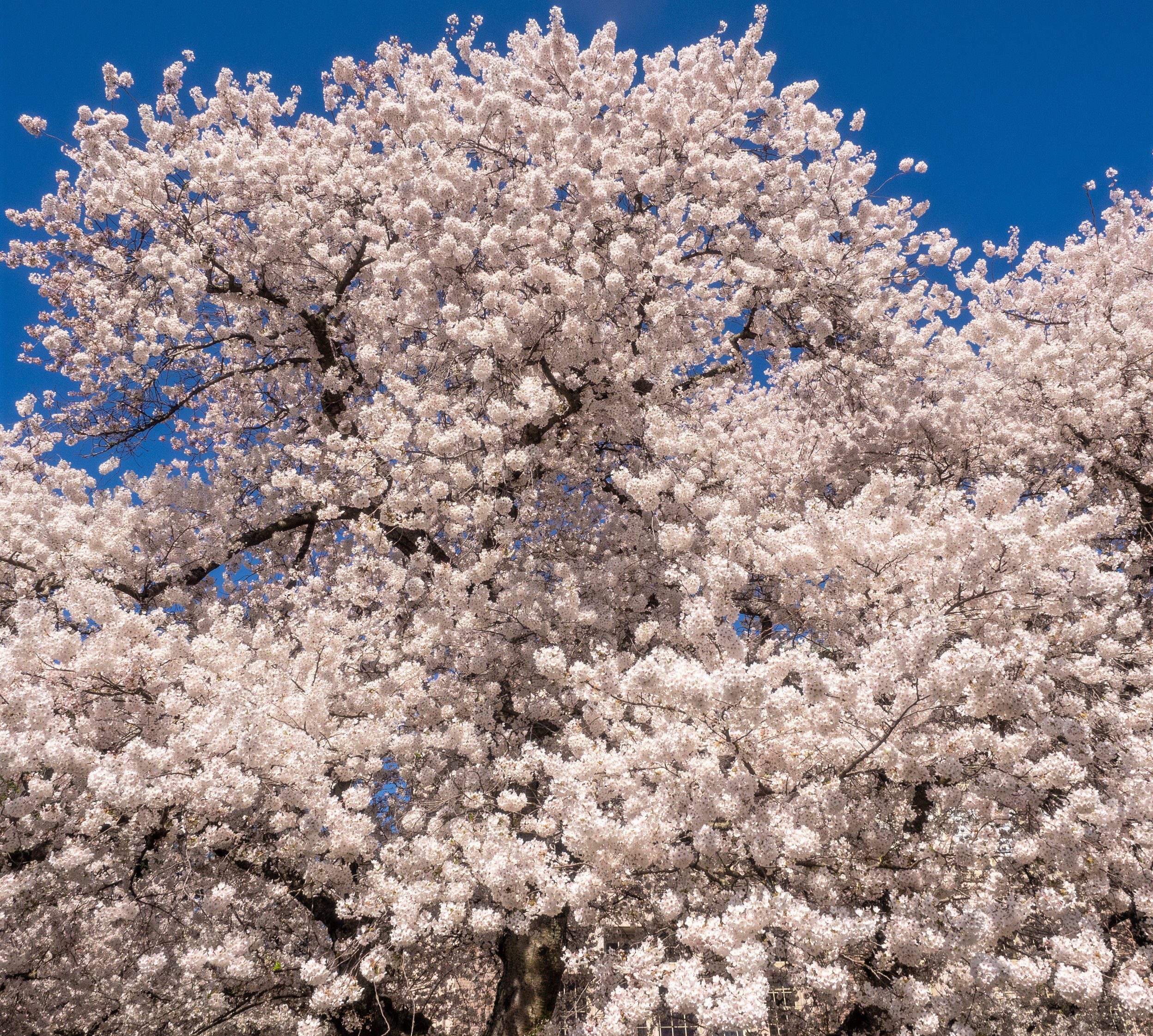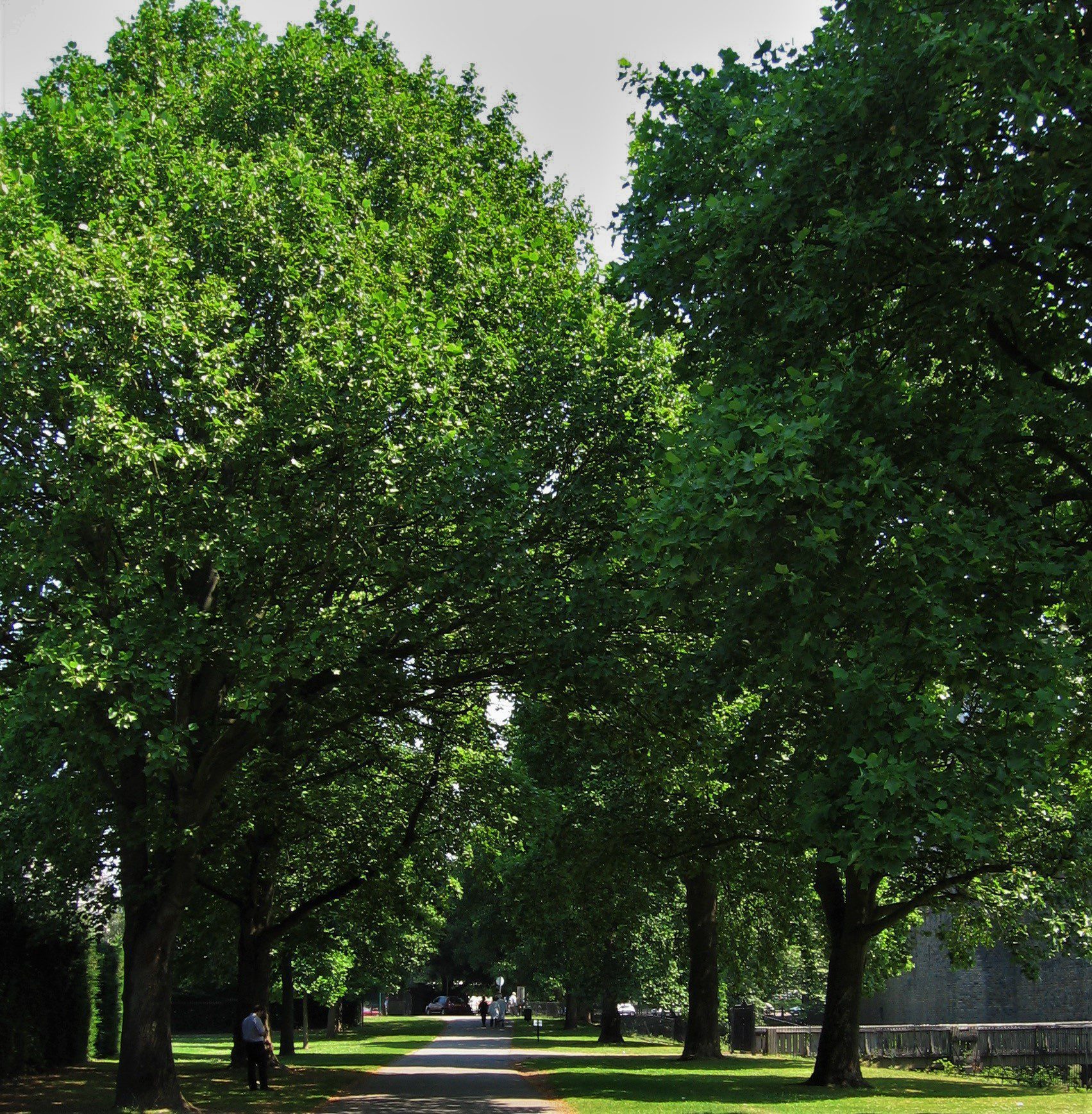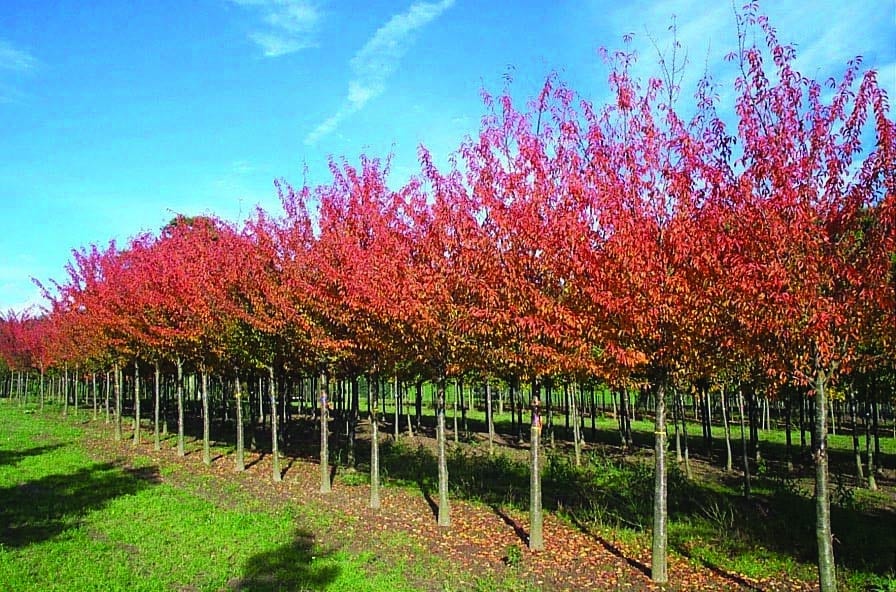In a designed landscape, avenues of trees stand out as some of the most striking and important structural plantings. Mostly, trees in an avenue are of the same species for a uniform appearance.
Biosecurity concerns raise questions about planting avenues with biodiversity in mind.
In the past decade, awareness of biosecurity and biodiversity has increased, making single-species avenues high-risk. This is due to pest and disease issues affecting once dependable trees like Elms, Ash, and Oaks.
With this knowledge and understanding that our trees may face further problems in the future, we must try and be as diverse as possible with our species selection.
Mixed Avenue Planting
Mixed avenues are designed with a diverse range of tree species that are complementary in size, form and scale and as such the avenue is still unified. A mixed avenue will be far more robust and reliable and better equipped to face the ecological and climatological realities of today`s world.
A very successful mixed avenue that Hillier supplied was at the Queen Elizabeth Olympic Park. LDA Design collaborated with Hargreaves Associates to design this.
Another more recent example of a mixed tree avenue was Sauchiehall Street for Glasgow City Council. These city avenues feature mixed, deciduous tree species designed to complement each other in form and ornamental features
Pilot Avenue: Project in Glasgow City Centre
In 2018, we supported the first project within a £115 million‘ Avenues’ transformation programme by Glasgow City Council for the development of Sauchiehall Avenue. The route extends from the west of the city into the centre. Traffic predominantly filled it before the program.
The ‘Avenues’ programme aims to create an integrated network of continuous pedestrian and cycle routes across the city centre, enhancing the sustainability and economic competitiveness. Upon completion, the transformation will cover 17 streets and adjacent areas, enhancing the environment and introducing green infrastructure across the city.
The pilot area, Sauchiehall Avenue, had never had trees planted down it before. The brief to Hillier, from Glasgow City Council and landscape contractor idverde, was for trees that would clearly mark out the new cycle route, as well as bringing great benefits to the appearance and environment of the avenue.
Tree Selection
Tree selection for this project prioritised size for instant impact, with consideration for biosecurity and biodiversity. From a biosecurity point of view, the project favoured British-grown trees. To support biodiversity, planners designed the avenue with a mixture of tree species.
Varieties of tree chosen were:
- Acer campestre ‘William Caldwell’
- Acer platanoides
- Acer platanoides ‘Deborah’
- Carpinus betulus ‘Fastigiata’
- Gingko biloba
- All of these are similar in that they exhibit a fairly upright habit and are tolerant of urban situations, making them ideal for the planting environment and complementary choices for mixed avenue planting. Once selected, all the trees were containerised into Spring Ring or Air-Pot containers at Hillier Container Tree Nursery in Hampshire to give them the best possible chance of successfully establishing when planted on site. Because of the requirement for a three metre clear stem, Hillier carefully raised the canopy on the trees.
Ideverde won an award at the BALI National Landscape Awards 2019 in the Soft Landscaping Construction (Non-Domestic) – Over £500k category.



